Search the Special Collections and Archives Portal
Search Results
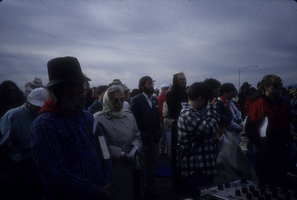
Unidentified protesters at the Lenten Desert Experience in the southern Nevada desert: photographic slide
Date
Archival Collection
Description
From the Sister Klaryta Antoszewska Photograph Collection (PH-00352). Park’n’ Ride Lot.
Image
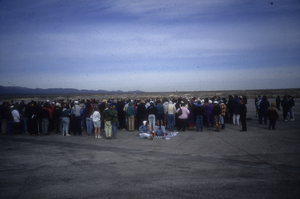
Unidentified protesters at the Lenten Desert Experience in the southern Nevada desert: photographic slide
Date
Archival Collection
Description
From the Sister Klaryta Antoszewska Photograph Collection (PH-00352). Park’n’ Ride Lot.
Image
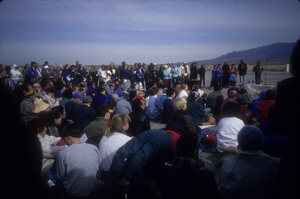
Unidentified protesters at the Lenten Desert Experience in the southern Nevada desert: photographic slide
Date
Archival Collection
Description
From the Sister Klaryta Antoszewska Photograph Collection (PH-00352). Park’n’ Ride Lot.
Image
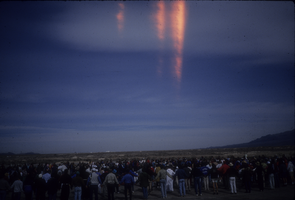
Unidentified protesters at the Lenten Desert Experience in the southern Nevada desert: photographic slide
Date
Archival Collection
Description
From the Sister Klaryta Antoszewska Photograph Collection (PH-00352). Park’n’ Ride Lot.
Image

Unidentified protesters at the Lenten Desert Experience in the southern Nevada desert: photographic slide
Date
Archival Collection
Description
From the Sister Klaryta Antoszewska Photograph Collection (PH-00352).
Image
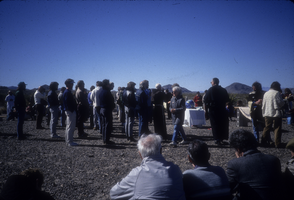
Unidentified protesters at the Lenten Desert Experience in the southern Nevada desert: photographic slide
Date
Archival Collection
Description
From the Sister Klaryta Antoszewska Photograph Collection (PH-00352).
Image

Protestors walking to Nevada Test Site: photographic slide
Date
Archival Collection
Description
From the Sister Klaryta Antoszewska Photograph Collection (PH-00352).
Image
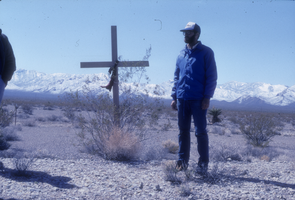
Erik Thompson walking to protest at Nevada Test Site: photographic slide
Date
Archival Collection
Description
From the Sister Klaryta Antoszewska Photograph Collection (PH-00352).
Image
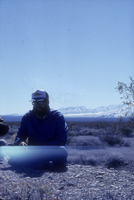
Protestors walking to Nevada Test Site: photographic slide
Date
Archival Collection
Description
From the Sister Klaryta Antoszewska Photograph Collection (PH-00352).
Image

Way of the Cross protesters at Nevada Test Site: photographic slide
Date
Archival Collection
Description
From the Sister Klaryta Antoszewska Photograph Collection (PH-00352).
Image
